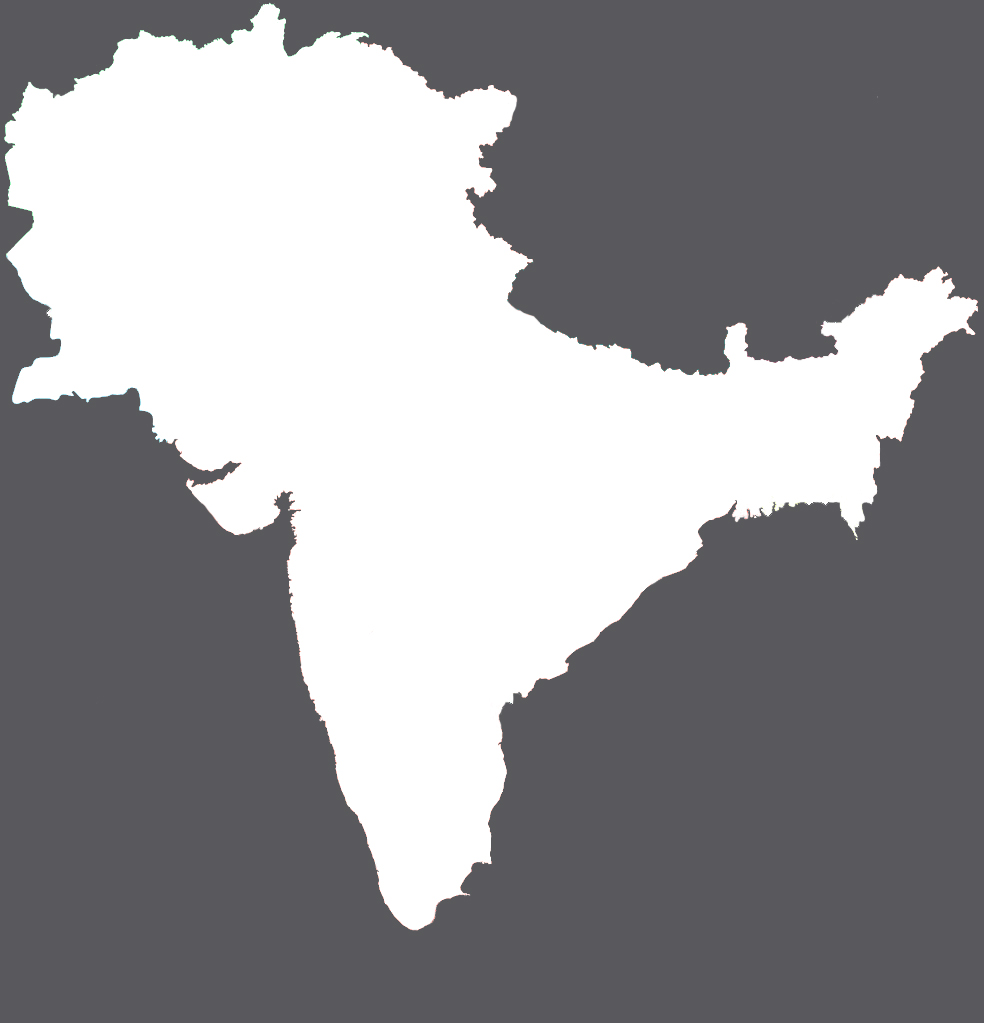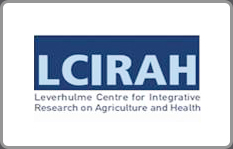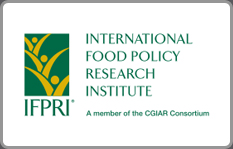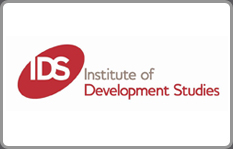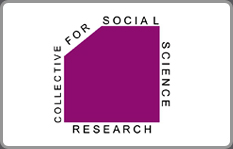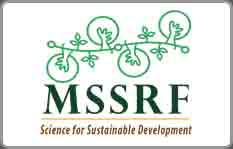South Asia has experienced rapid economic growth, yet it still has the highest rate of child malnutrition in the world, and half the population is undernourished. Besides children, undernutrition among women and adolescent girls is also a major concern. The lack of progress in solving undernutrition, in all its guises, reflects in part the complexity of factors involved.
LANSA Working paper
This paper explores the role of innovation in strengthening the linkages between agriculture and nutrition in South Asia. This paper eschews the common bias in discourse about ‘innovation’ towards eye-catching novelty and invention, which emphasises high-tech gadgets and devices, external inputs and industrially and/or commercially produced technologies. Instead, this paper adopts a broad conceptualisation of innovation as a change process, which involves a...
Fragility, resulting both from violent conflict and/or severely adverse environmental conditions linked to climate change, fundamentally alters the linkages between agriculture and nutrition outcomes. This paper argues that these alterations occur not only because of the political economy and other logistic constraints placed on agriculture and nutrition in contexts of fragility, but also because the state may or may not have the capacity or political will to undertake the different degrees of...

